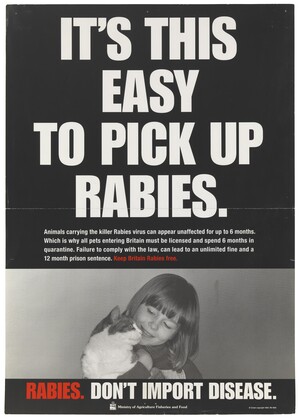Rabies is the deadliest disease on earth. In the wake of a disruptive global pandemic, it can be hard to remember what this means for a disease. Rabies is also zoonotic, and therefore it lingers always in the background of Covid19: “there but for the grace of god, and R0.”
Rabies also kills animals in the same way it kills humans, so it could be a disease we co-suffer with our companions. It is also responsible for many of the justifications in the US for how we treat stray dogs–but requiring licensing, but euthanizing affected animals, by vaccinating and by testing. But not for cats. Cats, in the US, are left to roam and interact with other wildlife, licensing and vaccination rates are lower and our basic relations with cats are different than with dogs. In other countries this is different, and as Deborah Nadal demonstrates in her book (Nadal 2020), in India, dogs are “co-participants” not reservoirs of disease. Ourcultural assumptions about what cats are, and how we should relate to them, is thus an important source of disease risk. Ironically, our thirst for “pandemic pets” may have simply amplified this risk… or perhaps we can learn to relate differently?
References
Nadal, Deborah. 2020. Rabies in the Streets : Interspecies Camaraderie in Urban India. University Park, Pennsylvania: The Pennsylvania State University Press.

